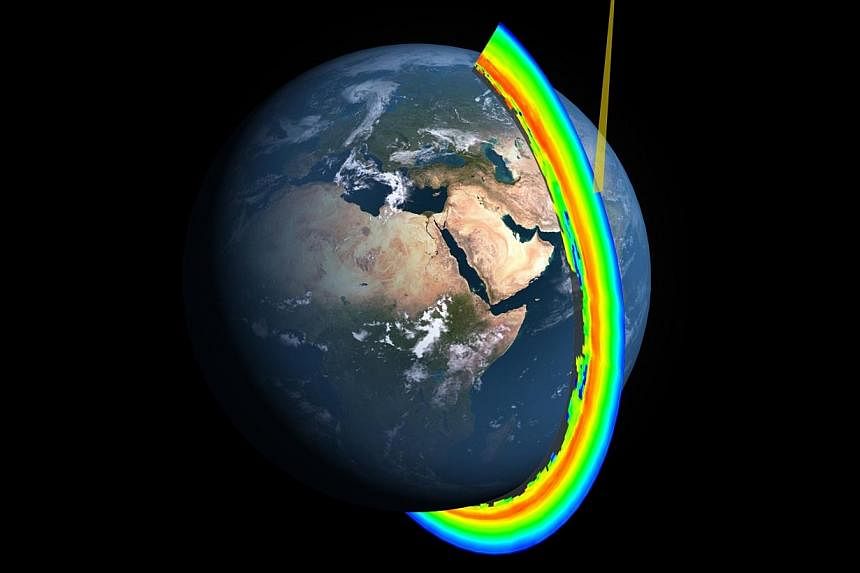PARIS (AFP) - The United Nations treaty to protect the ozone layer has prevented a likely surge in skin cancer in Australia, New Zealand and northern Europe, a study published on Tuesday said.
If the 1987 Montreal Protocol had never been signed, the ozone hole over Antarctica would have grown in size by 40 per cent by 2013, it said.
Ultra-violet levels in Australia and New Zealand, which currently have the highest mortality rates from skin cancer, could have risen by between eight and 12 per cent.
In northern Europe, depletion of the ozone layer over the Arctic could have boosted ultra-violet levels in Scandinavia and Britain by more than 14 per cent, it said.
"Our research confirms the importance of the Montreal Protocol and shows that we have already had real benefits," said Martyn Chipperfield, a professor at Britain's University of Leeds who led the study. "We knew that it would save us from large ozone loss 'in the future', but in fact we are already past the point when things would have become noticeably worse.
" The Protocol commits all UN members to scrapping a group of chlorine- and bromine-containing chemicals.
Used in aerosol sprays, solvents and refrigerants, these substances destroy ozone molecules in the stratosphere that filter out cancer-causing ultra-violet light.
The authors to the paper, published in the journal Nature Communications, built a 3D computer model based on the latest data about the state of the stratosphere.
Concentrations of ozone-depleting gases are now about 10 per cent below their peak of 1993, although it will take until around 2050 before the ozone hole over Antarctica shrinks to its 1980 state.
Translating rises in ultra-violet levels into increases in skin cancer is hard to quantify, but "changes as large as these would have had potentially serious consequences in the decades that followed", said the paper.
Previous research suggests every five-per cent rise in ultra-violet leads to increases of 15 and eight per cent in the incidence of squamous and basal cell carcinoma respectively, the two commonest forms of skin cancer.
That calculation is based on the absence of additional measures to protect the public from damaging rays. But the impact on melanoma, a rarer but deadlier type of skin cancer, has never been measured.
Some of the chemicals scrapped under the Montreal Protocol also happen to be hefty greenhouse gases, with a powerful ability to trap the sun's heat.
According to a study published in 2013, their phaseout also provided a perceptible gain in the fight against climate change - it prevented additional warming of 0.1 degrees Celsius.
The Protocol has been implemented by 196 states and the European Union, making it the first treaty in the history of the United Nations to achieve universal ratification.

